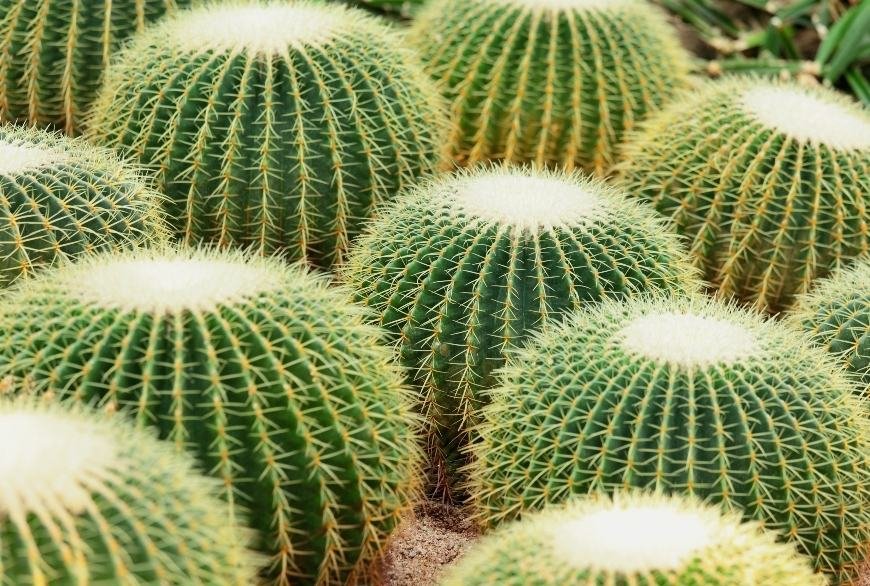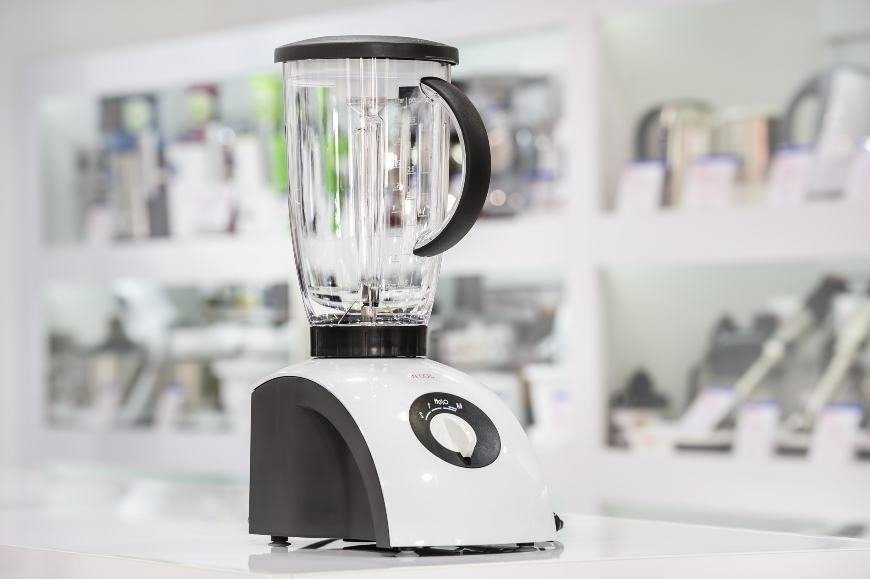How to Extract Mescaline Cacti
Get to know everything about how to extract mescaline cacti with our comprehensive guide, covering everything from the step-by-step process to safety precautions and storage tips.

Learning how to extract mescaline cacti is an essential skill for those interested in exploring the world of natural psychedelics. This guide will provide a comprehensive overview of the extraction process for mescaline from San Pedro and Peyote cacti, as well as tips on storage and safety.
In this guide, we'll discuss the motivations for extracting mescaline from cacti, provide an in-depth tutorial on how to do it correctly and safely, as well as cover best practices for storage. Additionally, we'll cover proper storage techniques and safety precautions when working with these powerful substances.
By understanding common mistakes made during the extraction process, you can ensure that your experience with how to extract mescaline cacti is both safe and rewarding. So let's dive in!
Table of Contents:
- What is Mescaline?
- How to Extract Mescaline Cacti
- Why Extract Mescaline?
- How to Store Your Extract
- Safety Precautions When Extracting Mescaline
- Common Mistakes When Extracting Mescaline
- Conclusion
What is Mescaline?
Mescaline is a naturally occurring psychedelic alkaloid found in various cacti species such as Peyote and San Pedro. It is known for its hallucinogenic effects and has been used for centuries by indigenous cultures in spiritual ceremonies. Users often report experiencing intense visuals, altered perceptions of reality, and profound introspection during their trips. While it remains illegal in many countries due to its psychoactive properties, some people still seek out this powerful substance for personal exploration or recreational use.
How to Extract Mescaline Cacti
If you're interested in experiencing the effects of mescaline, you may be wondering how to extract it from cacti such as Peyote, San Pedro, Echinopsis pachanoi, or Trichocereus pachanoi. Here's a step-by-step guide:
- Choose your cactus: The first step is to choose the type of cactus you want to extract mescaline from. Peyote and San Pedro are the most commonly used, but Echinopsis pachanoi and Trichocereus pachanoi are also viable options.
- Prepare the cactus: Once you have your cactus, you'll need to prepare it for extraction. This involves removing the spines and outer layer of skin to reveal the fleshy interior.
- Chop the cactus: Next, chop the cactus into small pieces and place them in a large pot or container.
- Add water: Cover the chopped cactus with water and bring it to a boil. Reduce the heat and let it simmer for several hours.
- Strain the liquid: After simmering, strain the liquid through a cheesecloth or coffee filter to remove any remaining plant material.
- Acidify the liquid: Add an acid such as vinegar or lemon juice to the liquid to acidify it. This will help to convert the mescaline into a salt form.
- Basify the liquid: Add a base such as sodium hydroxide to the liquid to basify it. This will cause the mescaline salt to precipitate out of the liquid.
- Collect the mescaline: Filter the liquid to collect the mescaline precipitate. Wash it with water and dry it to obtain the final product.
It's important to note that extracting mescaline can be dangerous and illegal in some countries. It's essential to research the laws in your area and take proper safety precautions before attempting to extract mescaline from cacti.
Overall, extracting mescaline from cacti can be a challenging process, but it can also be a rewarding experience for those interested in exploring the psychedelic effects of this powerful substance.
Mescaline is a psychoactive alkaloid found in certain cacti, such as the peyote and San Pedro cactus. It has been used for centuries by many cultures around the world to induce spiritual experiences and visions. Now, let's explore the potential advantages of extracting mescaline from these plants.
Why Extract Mescaline?
Extracting mescaline from cacti offers several benefits for users. First, it allows for a more controlled and precise dosage, reducing the risk of taking too much or too little. Additionally, extracting mescaline creates a purer product that's free from other plant materials and potential contaminants. Extracting mescaline can result in a smoother experience with fewer adverse reactions, such as nausea or gastrointestinal discomfort. Furthermore, extracted mescaline is easier to store and transport than whole cacti plants.
Extracting mescaline from cacti is a safe and efficient way to experience its psychedelic effects. It may serve as a different approach to spiritual discovery, depending on the individual's purpose. In order to maximize the efficacy of your mescaline extraction, it is essential to be aware of the necessary components.
What You Need to Extract Mescaline

To successfully extract mescaline from cacti, you'll need the following materials:
- A fresh or dried San Pedro, Peyote, or Peruvian Torch cactus
- A sharp knife and cutting board
- An electric blender or food processor
- Muriatic acid (HCl)
Mescaline is a psychoactive substance found in various cacti, including the San Pedro cactus (Echinopsis pachanoi) and the Peyote cactus (Lophophora williamsii). The Peruvian Torch cactus (Echinopsis peruviana) is also known to contain mescaline contents.
Before you begin the extraction process, it's important to note that mescaline is a controlled substance in many countries. Make sure to check your local laws and regulations before attempting to extract mescaline.
Now, let's get started with the extraction process.
In order to extract mescaline, you will need a few specific items and tools. Having acquired the necessary supplies, it is time to commence the mescaline extraction procedure.
Step-by-Step Process for Extracting Mescaline
To extract mescaline from cacti, follow these steps:
- Harvest the cactus: Cut off the top part of the San Pedro or Peyote cactus, leaving the roots intact.
- Dry and powder: Remove spines, slice into thin pieces, dry in a cool, dark place, then grind into a fine powder.
- Create an acidic solution: Mix the powdered cactus with distilled water and citric acid or vinegar to create an acidic solution.
- Simmer and strain: Simmer this mixture for several hours before straining through a cheesecloth to separate the liquid from solid matter.
Mescaline is a psychoactive substance that can be found in various cacti, including the San Pedro cactus (Echinopsis pachanoi) and the Peyote cactus (Trichocereus pachanoi). These cacti contain different amounts of mescaline contents, with Peyote cactus having the highest concentration of mescaline.
It is important to note that extracting mescaline from cacti is illegal in many countries. Azarius does not condone or promote the use of illegal substances.
Extracting mescaline from cacti is a complex process, but with the right steps and knowledge it can be done safely. Preserving the yield of your effort necessitates proper storage, so let's explore what that entails.
How to Store Your Extract
Proper storage of your mescaline extract is crucial for maintaining its potency and quality. To ensure the best results, follow these steps:
- Airtight container: Store your extract in an airtight container, such as a glass jar or plastic bag.
- Cool, dark place: Keep the container in a cool, dark location away from direct sunlight and heat sources.
- Avoid moisture: Ensure that the area where you store your extract remains dry to prevent any potential degradation.
It's important to note that the mescaline contents of different cacti can vary. The most commonly used cacti for extraction are the San Pedro cactus (Echinopsis pachanoi) and the Peyote cactus (Trichocereus pachanoi). Both of these cacti contain mescaline, but the potency can vary depending on the age and size of the cactus.
When extracting mescaline, it's important to use caution and follow proper safety protocols. It's also important to research and understand the legal implications of extracting and possessing mescaline in your area.
If you're interested in exploring the effects of mescaline, it's recommended to start with a small dose and work your way up slowly. Always use caution and make sure you're in a safe and comfortable environment.
Once the mescaline has been obtained from your cacti, store it in a sealed container and away from direct sunlight. To ensure safe and successful extraction of mescaline, make sure to take proper safety precautions before starting the process.
Safety Precautions When Extracting Mescaline
When extracting mescaline, it's essential to prioritize safety. Wear appropriate protective gear, such as gloves and goggles, to guard against skin irritation or eye damage caused by the chemicals used in extraction. Work in an area with good air flow to stop breathing hazardous fumes. Be sure to clean and sanitize all apparatus prior to usage. Lastly, be cautious when handling cacti - their spines can cause injury if not handled carefully.
When harvesting mescaline cacti, it is critical to take the necessary safety measures as improper extraction can be hazardous. Common mistakes that people make while extracting mescaline should also be taken into consideration in order to ensure a safe and successful extraction.
Common Mistakes When Extracting Mescaline

When extracting mescaline from cacti, it's essential to avoid common mistakes that can compromise the quality and potency of your extract. Some typical errors include:
- Insufficient Cactus Material: Using too little cactus material will result in a weak extract. Ensure you have enough Trichocereus species such as San Pedro cactus, Peyote cactus, or Echinopsis pachanoi.
- Inadequate Filtration: Proper filtration is crucial for removing impurities and plant matter. Invest in a good-quality filter or use multiple layers of cheesecloth to ensure you get the most mescaline contents.
- Rushing the Process: Extraction takes time; rushing through steps may lead to an inferior product. Follow each step carefully and allow sufficient time for evaporation to get the most out of your cactus material.
Conclusion
With the proper equipment and understanding, it is possible to extract mescaline from cacti in a secure manner. By following our step-by-step guide, you can extract mescaline from cacti such as San Pedro or Peyote.
It's important to note that the mescaline contents can vary between different species of cacti. The most commonly used species for extraction are Echinopsis pachanoi (also known as Trichocereus pachanoi) and Peyote cactus.
When handling these substances, always take safety precautions and store your extract properly. Avoid common mistakes such as using too much water or not grinding the plant material finely enough.





































































































































